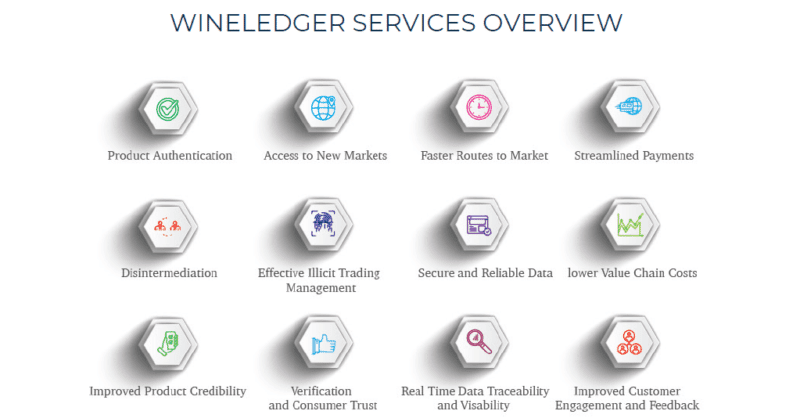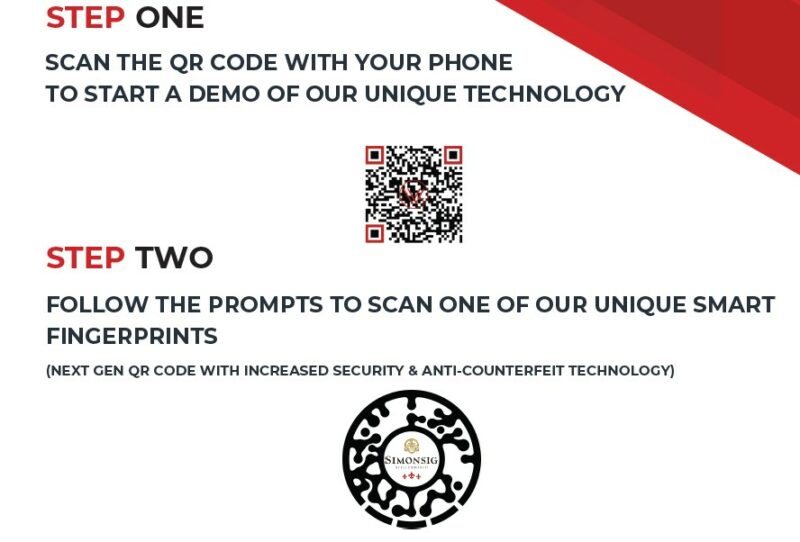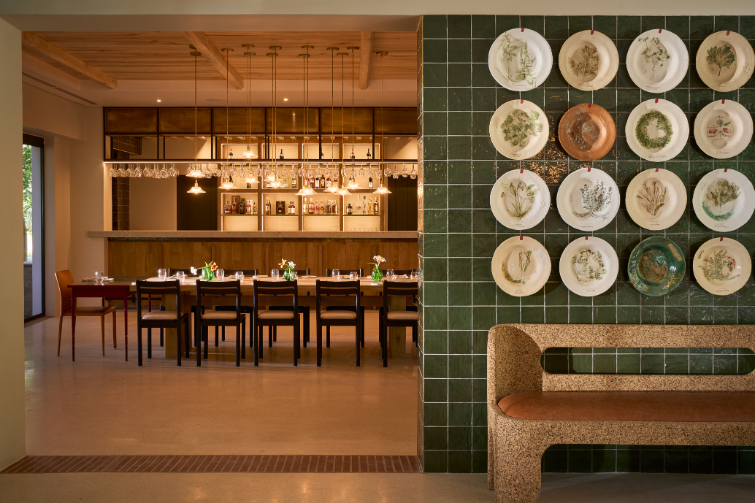In a market environment where Generation Z and Millennials demand to know where their products come from, traceability has become a brand differentiator. Theirs is a world of personalised experiences and provenance. This is where technologies such as blockchain shine.
DataLedger is a South African blockchain design and development company which adopts and applies blockchain solutions for supply chains in South Africa and the African continent. They procured the rights from the award-winning Smart Trade Networks (STN), a global blockchain and digital technologies research development and commercialisation company, which deploys technology underwritten by cutting edge research from the Queensland University of Technology.
After successfully completing the proof of concept at a leading wine estate, DataLedger introduced WineLedger, a blockchain-enabled traceability system for the South African wine industry. WineLedger guarantees traceability at every step of the value chain, from grape to glass, but also lends itself to a host of fully customisable applications.
DataLedger successfully deployed this proof of concept as a minimum viable product (MVP) for the CSIR, called Ilima, to digitise the supply chains of emerging small scale emerging farmers in South Africa.
In line with its strategy to partner with industry experts, DataLedger appointed seasoned wine industry expert Jeff Gradwell as the WineLedger CEO.
Quick and easy
The system is proving popular in the domestic market. One reason is that the DataLedger approach relies on a consensus model, which is a much quicker and cheaper way to register an asset on a blockchain than traditional, auction-based models.
The result is streamlined and traceable data that’s always available in real-time throughout the entire value chain, from producer to purchaser.
Consensus systems aren’t fool proof; they will only be as good as the people using them. Fortunately, the whole process can be made as transparent as it needs to be for everyone concerned – from SAWIS to independent auditors to consumers.
“There are two different parts to the chain – a private and a public side,” explains Gavin Coetzee, WineLedger executive manager. “You can share information at any part of the blockchain with any part of the value chain at any time, which enables multiparty approvals and achieves greater efficiencies.”
Locked and loaded
Loading assets onto WineLedger is simply a matter of getting access to a terminal or “node”. “Each client can have their own node, which can be on anybody’s PC or even on their smartphone,” Gavin says. “Clients can collect and produce data on these assets using the existing WineLedger web or mobile app, available on android or IOS.”
Loading information onto the ledger is the first and most important step, and it’s when WineLedger can truly start adding value. “We can put in measures to stop illicit trading, control stock, bring down costs by reducing margins or improving efficiencies and register certifications or even awards,” says Jeff.

WineLedger services
Let the bottle do the talking
The possible applications are endless. Imagine a single smart fingerprint on the bottle for all your certifications or awards, always up to date and a click away. The smart fingerprint could incorporate the SAWIS certification seal to prevent its counterfeiting, for instance.
“You can add in winemaker videos, tasting notes, ecommerce sites, wine clubs – as much information as you like to turn it into a one-stop brand engagement, communication, ecommerce and digital strategy,” says Jeff.
It also encourages suppliers, producers and viticulturists to become part of the authentication process by supplying photos and videos at the inception of a specific vintage.
All this adds to the story of a wine, which helps build engagement and ultimately loyalty. “You don’t just want a loyal customer; you want brand ambassadors,” says Gavin. Every interaction can potentially become a part of the story, and part of its unique, immutable profile – all while providing per unit sales and usage data.

See the WineLedger smart fingerprint in action.
Trade with confidence
As each unique bottle of wine is registered, a corresponding non-fungible token (NFT) can be minted as a unique digital asset.
“The nice thing of combining NFTs with smart contracts is that you can forward sell a vintage. If the wine meets certain criteria, then payment will be automated. The NFT itself can also be traded, adding another layer of sales to bottle stocks,” says Gavin.
Stock-taking can become a simple action of scanning the fingerprint on each bottle, and every component of a compliance or certification process can be duly logged, filed, and independently confirmed – for instance by insurers or tax authorities.
Stakeholders can use the label and “digital data trail” to check provenance, trace the asset through its life cycle, cross-check transactions, and gain confidence in the authenticity of the product. In business, such confidence is invaluable for de-risking purposes.
“All of this is almost bespoke,” Jeff adds. “We can put all the parts in place from bottle to consumer, but if you’re comfortable with your existing social media or ecommerce platforms, we simply integrate them.”
WATCH: WineLedger at Simonsig
Click here to get the latest copy of WineLand Magazine, or subscribe to our monthly newsletter.













